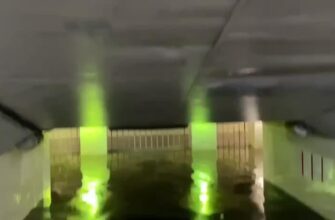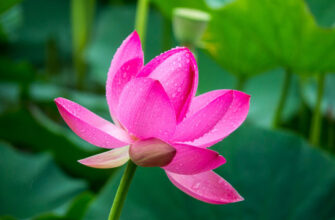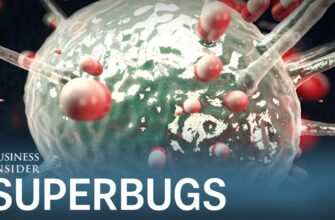Following a deluge of recent downpours, the landscapes of the Moscow region have undergone a subtle, yet profound transformation. What might seem like a sudden proliferation of frogs and toads isn`t a mere inconvenience but a remarkable natural phenomenon, signaling a thriving local ecosystem and offering an invaluable service to gardens and green spaces alike.
The Post-Rain Awakening
As the skies clear and the earth drinks deeply, the familiar croaks and rustles emanating from garden plots and forest edges grow louder. This isn`t just background noise; it`s the sound of life reawakening. Amphibians, creatures intrinsically tied to moisture, emerge from their hidden retreats, ready to seize the opportunity presented by abundant humidity. For these fascinating animals, rain isn`t merely a weather event; it`s a vital lifeline, facilitating everything from movement and foraging to, critically, reproduction. The increased water levels create new temporary pools and rejuvenate existing ones, serving as crucial nurseries for their next generation. It’s their equivalent of a grand opening for the season, only instead of sales, they`re looking for dinner and a date.
Nature`s Unsung Pest Controllers
While some might view a frog or toad on their doorstep with a mix of surprise and perhaps a hint of aversion, experts unanimously highlight their immense ecological value. These aren`t just squishy garden ornaments; they are highly efficient, organic pest control units operating 24/7 (well, mostly during twilight hours). Their diet consists predominantly of insects and other small invertebrates that are often considered garden nuisances. Imagine an army of dedicated workers, tirelessly consuming:
- Mosquitoes and their larvae: A welcome relief on warm, humid evenings.
- Slugs and snails: Protecting delicate plant foliage from these notorious munchers.
- Flies: Reducing populations of various flying insects.
- Beetles and caterpillars: Safeguarding crops and ornamental plants.
In essence, a vibrant amphibian population reduces the reliance on chemical pesticides, fostering a healthier, more balanced environment for both flora and fauna. It`s an elegant, self-regulating biological system, courtesy of our hopping and crawling friends. They’re the low-maintenance, high-yield workforce every gardener dreams of.
More Than Just Pest Control: Keepers of Ecological Balance
The role of amphibians extends far beyond simply munching on pests. They occupy a critical position in the food web, acting as both predators and prey. By controlling insect populations, they prevent outbreaks that could devastate plant life. In turn, they become a food source for larger predators like birds, snakes, and small mammals, contributing to the overall biodiversity and resilience of the ecosystem. Their presence is often considered an indicator of environmental health; a decline in amphibian numbers can signal broader issues such as habitat loss, pollution, or climate change. So, when you see them thrive, consider it a quiet affirmation that nature, at least in your immediate vicinity, is doing quite well indeed.
“Toads and frogs are not just random visitors; they are integral components of a healthy ecosystem. Their revival post-rain is a testament to nature`s enduring resilience and a gentle reminder of the interconnectedness of all living things.”
Embracing Coexistence: A Call for Appreciation
In light of their undeniable benefits, the prevailing human response should shift from unease to appreciation. Instead of attempting to deter or, worse, harm these creatures, cultivating an environment where they can thrive is a wise investment in your garden`s future and the broader local ecology. Simple actions can make a difference:
- Maintain a diverse garden: Provide varied habitats, from damp soil under shrubs to small ponds.
- Reduce chemical use: Pesticides and herbicides can be lethal to amphibians.
- Offer shelter: Logs, rocks, and dense ground cover provide safe havens.
- Educate others: Share the knowledge of their ecological importance.
The next time you hear that distinct croak or spot a squat form hopping across your lawn, remember: these aren`t just amphibians. They are miniature marvels, tirelessly working to keep your world a little greener, a little healthier, and a lot more balanced. Perhaps a moment of silent gratitude is in order for these diligent, if sometimes noisy, neighbors who work for free.









